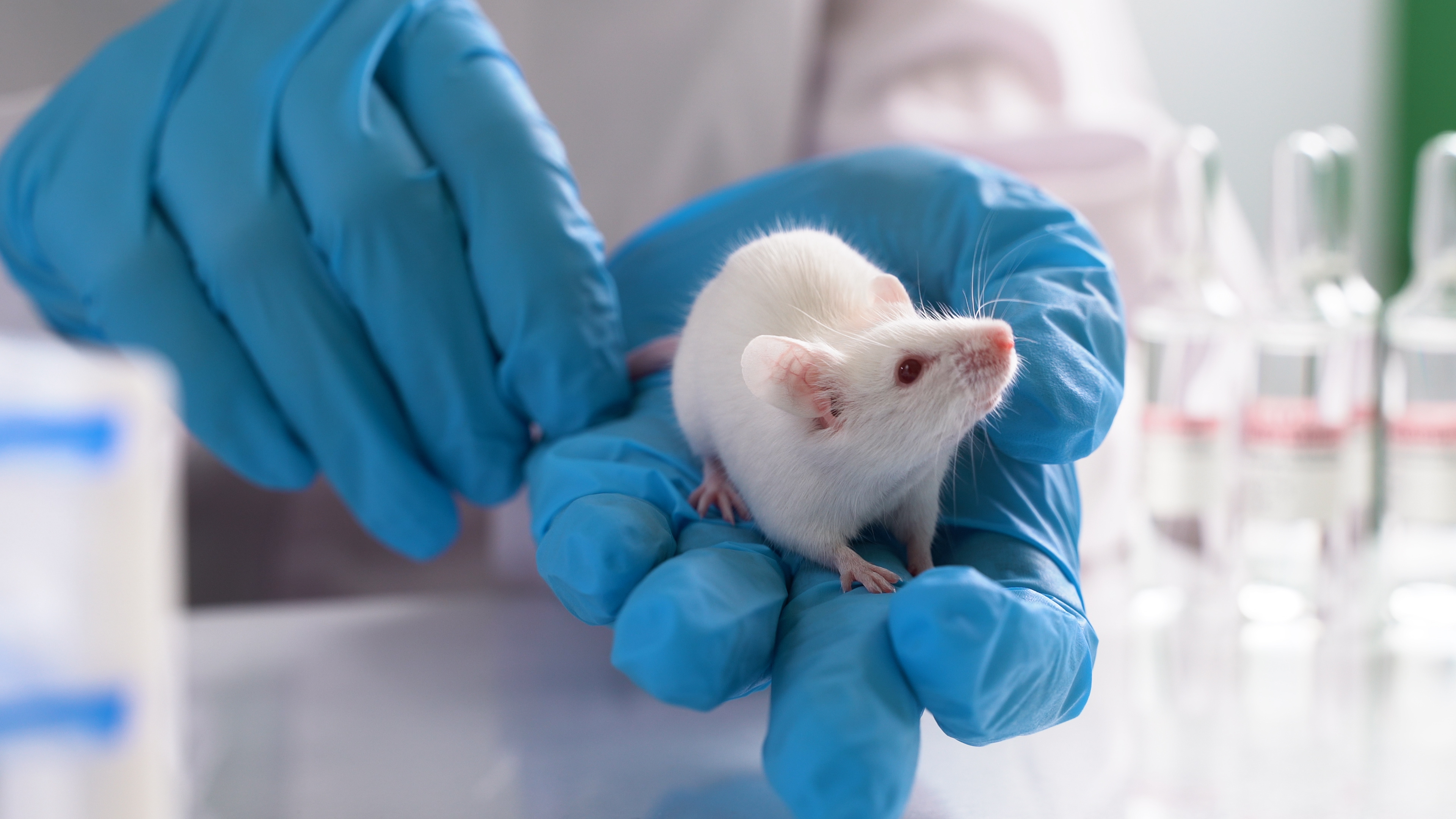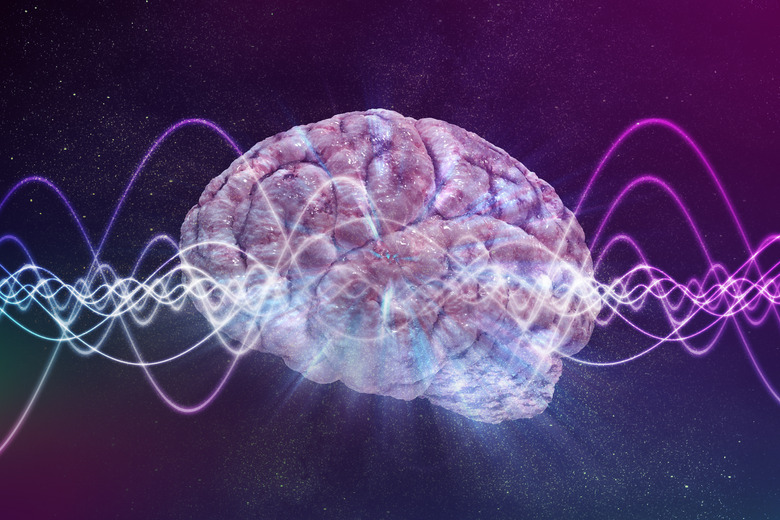Researchers Discovered How The Brain Overcomes Instinctive Fear
Fear is a powerful survival mechanism hardwired into our brains to help keep us safe. But what happens when those fears become a hindrance instead of a help? Now, scientists have discovered exactly how the brain overcomes instinctive fear, shedding light on potential treatments for anxiety, PTSD, and phobias.
From birth, humans and animals have what scientists call instinctive fear reactions. These are reactions like flinching at loud noises or retreating from fast-moving objects. However, with experience, our brains learn which threats are real and harmless—like how the fear of burning yourself on a hot pan is real, while the loud noise of fireworks is mostly harmless.
Researchers wanted to understand how the brain suppresses and overcomes these instinctive fears. So, they started by studying mice exposed to a visual threat—a shadow mimicking an aerial predator. Initially, the mice ran for cover. However, as no real danger appeared over time, they learned to stay calm instead.
This experiment allowed scientists to map out how the mice unlearn those basic fear responses. Traditionally, neuroscientists believed that learning and memory were controlled by the cerebral cortex, the brain's primary processing center. But, what if it wasn't the only part of the brain involved in how our fears get stuck in our minds?
However, this new study revealed that fear suppression is actually stored in the ventrolateral geniculate nucleus (vLGN)—a subcortical region previously thought to be unrelated to learning. The visual cortex plays an important role in teaching the brain that a threat is no longer dangerous,
However, once this learning has occurred, the vLGN takes over, allowing the animal's brain to override its instinctive fear response. The study also uncovered a chemical process that helps rewire the brain's fear responses.

When the mice learned that the shadow was harmless, endocannabinoids—brain molecules linked to mood and memory—were released. These molecules reduced inhibitory signals in the vLGN, increasing neural activity and allowing the mice to stay calm in future encounters.
Since humans have similar brain structures, the researchers believe this discovery could lead to new treatments for anxiety disorders, PTSD, and phobias. By targeting the vLGN or modulating endocannabinoid levels, scientists could help people overcome maladaptive fears more effectively.
From here, the researchers plan to collaborate with clinical experts to explore how these brain circuits function in humans. By understanding how the brain overcomes instinctive fear, scientists may develop groundbreaking therapies that reshape how we treat fear-based disorders.
